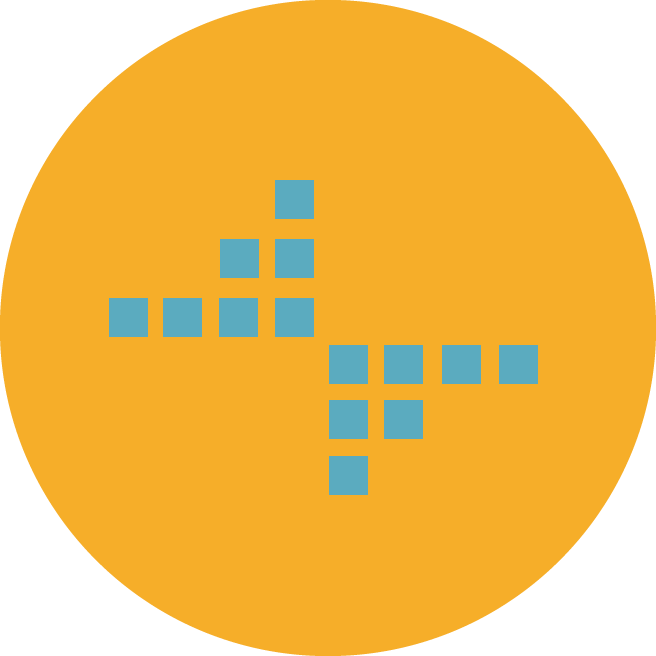
The Digital Transformation of Healthcare: AI, IoT, and Blockchain in Action
Summary
AI, IoT, and Blockchain are reshaping healthcare apps by enhancing diagnostics, patient monitoring, and data security. AI enables predictive analytics and medical imaging advancements, while IoT wearables support real-time health tracking. Blockchain ensures secure, transparent medical records and seamless data exchange. These technologies drive smarter, patient-centric solutions, overcoming challenges like integration and compliance to revolutionize healthcare.- Author Company: Fortunesoft IT Innovation
- Author Name: Ethan Hunt
- Author Email: ethanhunt0518@gmail.com
- Author Telephone: +16152987395
- Author Website: https://www.fortunesoftit.com/
As healthcare continues to embrace digital transformation, emerging technologies like Artificial Intelligence (AI), the Internet of Things (IoT), and Blockchain are reshaping patient care. These innovations are driving efficiency, enhancing security, and improving patient outcomes. The future of healthcare apps is no longer just about convenience, it’s about revolutionizing the entire healthcare ecosystem.
How AI is Powering Smarter Healthcare Apps
1. AI-Powered Diagnostics and Predictive Analytics
AI is enabling healthcare apps to offer early disease detection, predictive analytics, and personalized treatment plans. By analyzing vast amounts of patient data, AI can identify potential health risks before symptoms even appear. AI-driven chatbots are also improving patient engagement, offering instant responses and automating routine healthcare queries.
2. AI in Medical Imaging and Drug Discovery
AI is accelerating breakthroughs in medical imaging, radiology, and drug development. Advanced image recognition software powered by AI helps radiologists detect abnormalities with greater accuracy, while AI-driven research accelerates drug discovery by analyzing complex biological patterns.
IoT’s Role in Connected Healthcare
1. Wearable Devices and Real-Time Health Monitoring
IoT-enabled wearables, such as smartwatches and fitness trackers, are redefining patient monitoring. These devices collect real-time health metrics, including heart rate, oxygen levels, and glucose levels, allowing healthcare providers to intervene when necessary. A well-planned integration of wearable technology can enhance patient care and streamline healthcare app functionalities. Explore best practices for integrating wearable devices into healthcare applications.
2. Remote Patient Monitoring and Smart Hospitals
IoT-driven remote patient monitoring systems help doctors track chronic conditions without requiring frequent hospital visits. Smart hospital environments use IoT sensors to enhance patient safety, monitor medication adherence, and optimize hospital workflows.
Blockchain for Secure and Transparent Healthcare Data
1. Ensuring Data Security and Compliance
With increasing concerns over healthcare data privacy, blockchain provides a decentralized and tamper-proof method for storing patient records. It ensures compliance with HIPAA and GDPR regulations while reducing risks associated with data breaches.
2. Streamlining Interoperability Across Healthcare Systems
Blockchain facilitates secure data exchange between hospitals, clinics, and insurance providers. By creating a unified, encrypted ledger, blockchain eliminates redundancies and enhances the accuracy of medical records.
Overcoming Challenges in Adopting AI, IoT, and Blockchain in Healthcare
While these technologies offer immense potential, they also come with challenges such as integration complexities, regulatory hurdles, and cybersecurity risks. A healthcare app development company can address these challenges by building innovative, secure, and scalable solutions tailored to modern healthcare needs.
Conclusion:
As AI, IoT, and Blockchain continue to evolve, healthcare apps will become more intelligent, secure, and patient-centric. The next decade will witness an even greater shift toward data-driven, automated, and highly personalized healthcare services. Healthcare providers must leverage these innovations to stay ahead in the digital health revolution.
